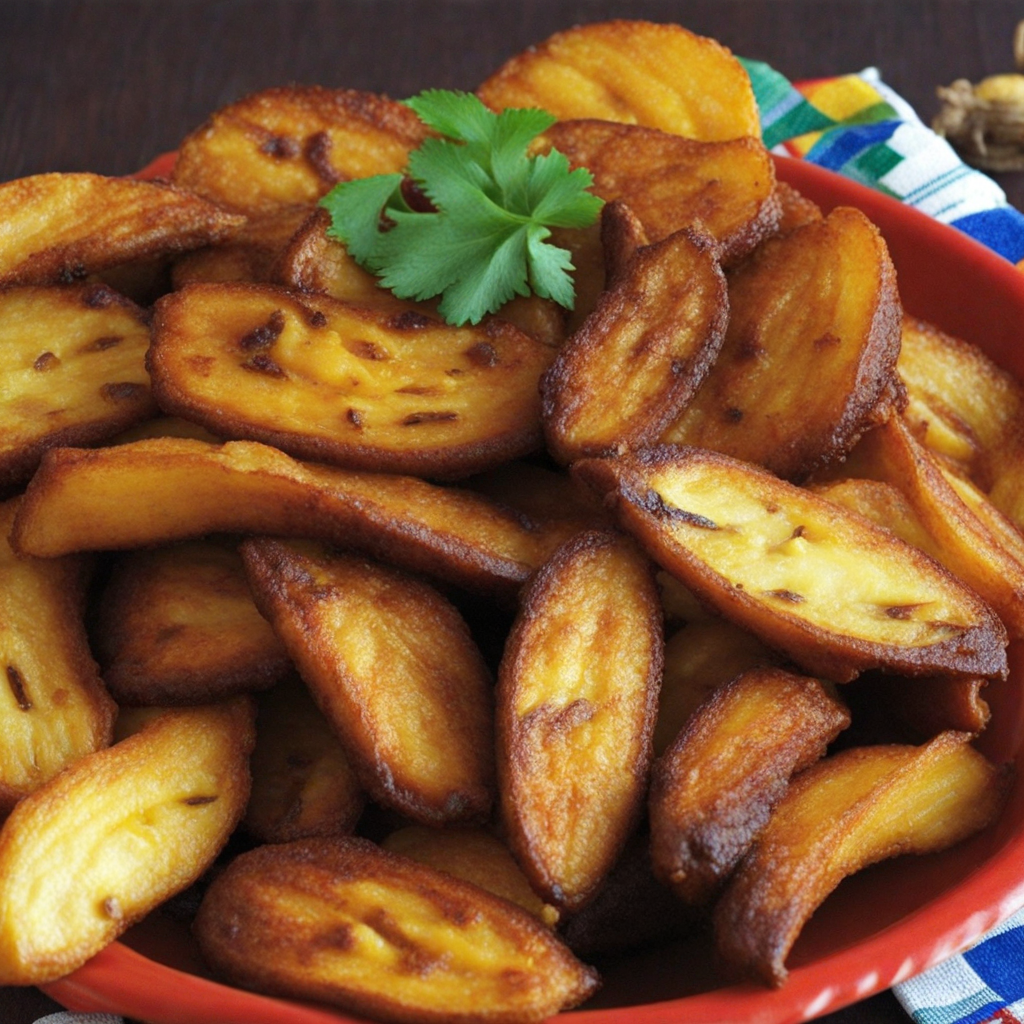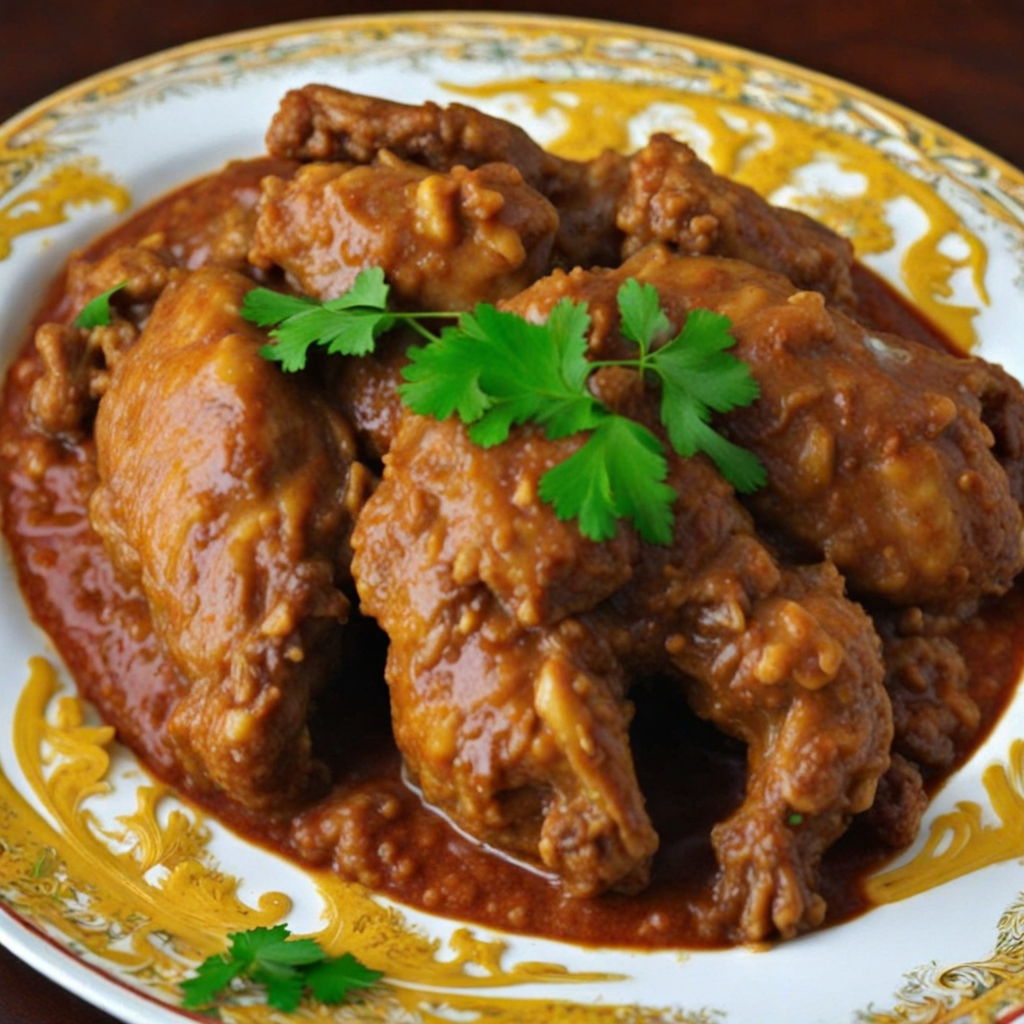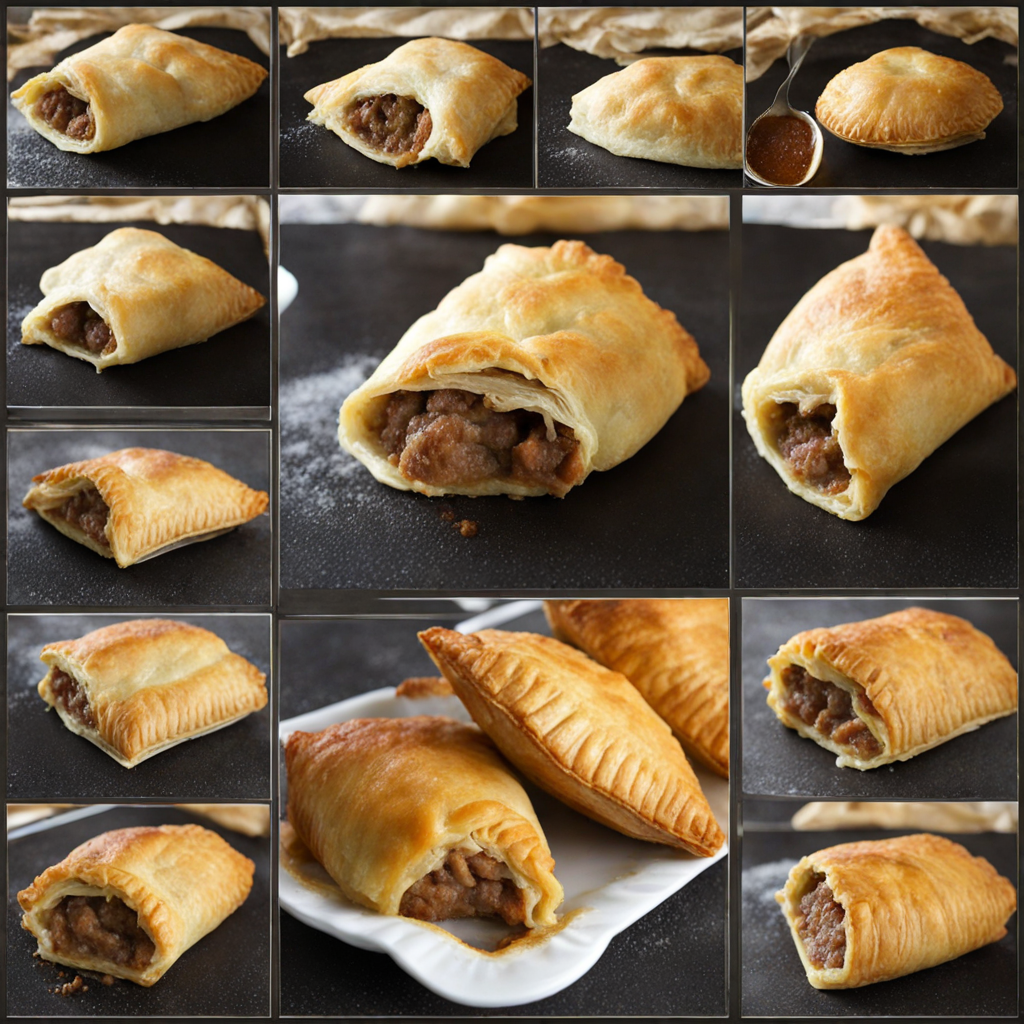Makemba
Makemba is a delightful dish originating from the heart of the Congo, celebrated for its unique blend of flavors and textures. At its core, Makemba features ripe plantains that are sliced and either boiled or fried until they achieve a golden crispness. This preparation enhances their natural sweetness while providing a satisfyingly tender inside. The plantains are often served as a side dish but can also star as the main component of a meal, embodying the essence of Congolese cuisine with its emphasis on local ingredients and vibrant tastes. What sets Makemba apart is its accompanying sauce, which typically includes a rich mix of palm oil, tomatoes, onions, and a variety of spices that infuse the dish with a depth of flavor. Each region may have its own twist on the sauce, sometimes incorporating ground peanuts or chili peppers for added richness and heat. This sauce not only elevates the plantains but also creates a harmonious balance between sweet and savory, making each bite an exciting culinary experience. Served alongside grilled meats or fish, or enjoyed on its own, Makemba is often accompanied by a side of vegetables or beans, rounding out the meal and providing a nutritious component. The dish embodies a communal spirit, often shared among family and friends, celebrating the rich cultural heritage of the Congo. Whether you're discovering it in a traditional setting or trying to recreate it at home, Makemba offers a new taste experience that reflects the heart and soul of Congolese cuisine.
How It Became This Dish
The History of Makemba: A Culinary Treasure from Congo #### Origins Makemba, also known as "fufu" in some regions of Central Africa, specifically refers to the preparation of mashed plantains or bananas, particularly the East African Highland varieties. The name "makemba" is derived from the Lingala language, one of the national languages of the Democratic Republic of Congo (DRC). The dish has roots that extend deep into the agricultural practices of the Congo Basin, where the fertile land has supported the cultivation of various starchy staples for centuries. The banana plant, especially the cooking banana (Musa acuminata), is indigenous to Southeast Asia but was brought to Africa around the first millennium AD through Indian Ocean trade routes. It thrived in the humid, tropical climate of the Congo region, becoming a staple food. The preparation of makemba reflects the agricultural wisdom of the Congolese people, who learned to cultivate, harvest, and transform this abundant resource into a nourishing dish that serves as a foundation for many meals. #### Cultural Significance Makemba is more than just food; it is woven into the cultural fabric of the Congolese people. It represents sustenance and community, often served during family gatherings, traditional ceremonies, and celebrations. The act of preparing makemba is often communal, where family members come together to peel, boil, and mash the plantains, fostering social bonds and collective identity. The dish is typically served with various sauces or stews, such as groundnut sauce, fish stew, or meat-based sauces, adding layers of flavor and nutrition. The versatility of makemba allows it to accommodate a range of ingredients, making it suitable for both everyday meals and special occasions. It is a symbol of hospitality; offering makemba to guests is a gesture of welcome and friendship. In addition to its communal and celebratory aspects, makemba also has a nutritional significance. Rich in carbohydrates, it provides energy for the labor-intensive lifestyles of many Congolese. Moreover, it is often paired with protein-rich accompaniments, ensuring a balanced diet. In a region where food security has historically been a concern, makemba has remained a reliable staple, sustaining families through various challenges. #### Development Over Time As Congo has undergone significant social, political, and economic changes, so too has the role of makemba in its culinary landscape. During the colonial period, the introduction of new agricultural practices and crops influenced local diets. However, traditional foods like makemba remained at the core of Congolese culinary identity. The resilience of this dish illustrates the ability of traditional foodways to adapt while maintaining their cultural significance. Post-independence, in the 1960s, the DRC faced a myriad of challenges, including political instability and economic hardship. In such times, the reliance on local staples like makemba grew stronger, as it was accessible and affordable. The dish became a symbol of resilience amidst adversity, representing the connection to land, heritage, and community. In the late 20th century, globalization began to impact Congolese cuisine, introducing new ingredients and culinary techniques. As urbanization increased, the preparation of makemba also evolved. While traditional methods of boiling and mashing plantains remain prevalent in rural areas, urban environments saw the rise of fast-food adaptations and modern conveniences. Ready-made fufu mixes and pre-packaged sauces became available, catering to busy lifestyles while still honoring the dish's traditional roots. #### Makemba in Contemporary Cuisine Today, makemba is enjoying a renaissance in both Congo and the diaspora. With the growing interest in African cuisines globally, Congolese dishes, including makemba, have begun to gain recognition in international culinary circles. Chefs and food enthusiasts are exploring the rich flavors and textures of Congolese cuisine, often incorporating traditional dishes into contemporary menus. This newfound attention has sparked a revival of interest in traditional cooking methods and ingredients, as younger generations seek to reconnect with their culinary heritage. Moreover, the rise of social media has allowed for the sharing of recipes and cooking techniques, further popularizing makemba beyond its regional confines. Food bloggers and influencers from the Congolese diaspora are showcasing the dish, often blending it with other culinary traditions to create innovative fusions. This cross-cultural exchange is enriching the narrative surrounding makemba, transforming it from a local staple into a global culinary ambassador. #### Conclusion Makemba, with its deep roots in Congolese culture and history, serves as a testament to the resilience and adaptability of traditional foodways. It embodies the spirit of community and sustenance, providing nourishment and fostering connections among people. As the world becomes increasingly interconnected, the legacy of makemba continues to evolve, bridging the gap between tradition and modernity. In a world where culinary traditions often face the threat of dilution, makemba stands strong—a reminder of the importance of food as a cultural marker. It invites both locals and those from afar to savor not just its flavor but also the rich history and stories that it carries. As we celebrate the culinary heritage of the Congo, makemba remains a cherished dish, a symbol of identity, and a delicious link to the past.
You may like
Discover local flavors from Congo







